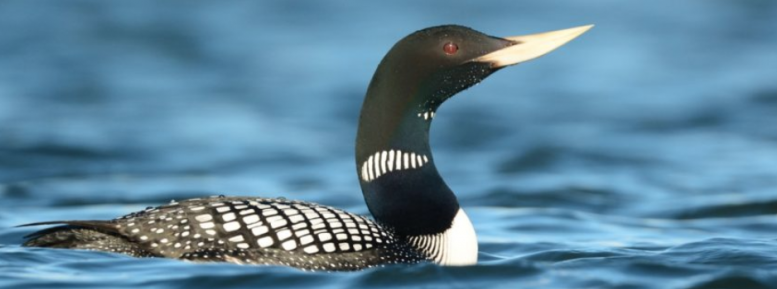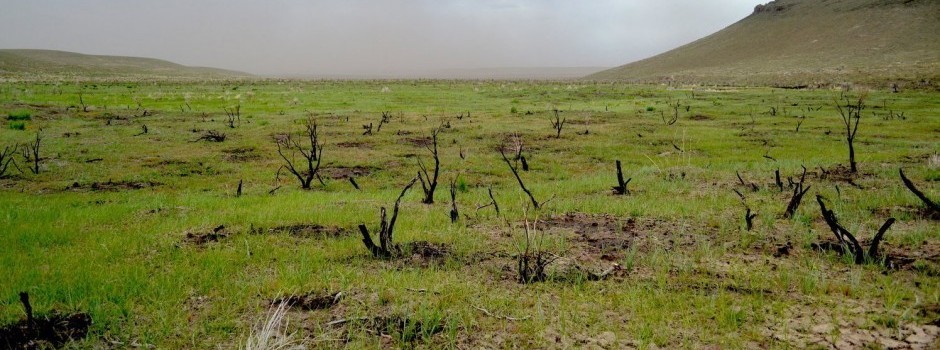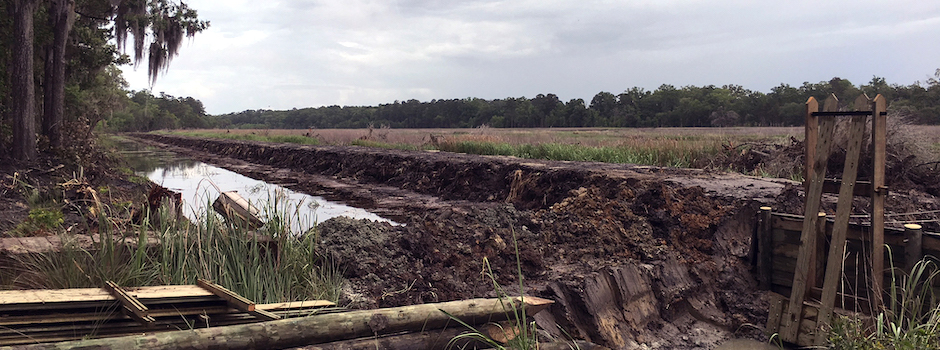Grassland Birds in Crisis
The Rio Grande Joint Venture (RGJV) covers roughly 63 million acres, crisscrossed by seemingly infinite boundaries: natural, cultural, and political. The diverse geography supports about 700 bird species, 75% of which are landbirds. Along with the Sonoran Joint Venture (SJV), the RGJV is the only other Migratory Bird Joint Venture whose geography spans the border [...]













